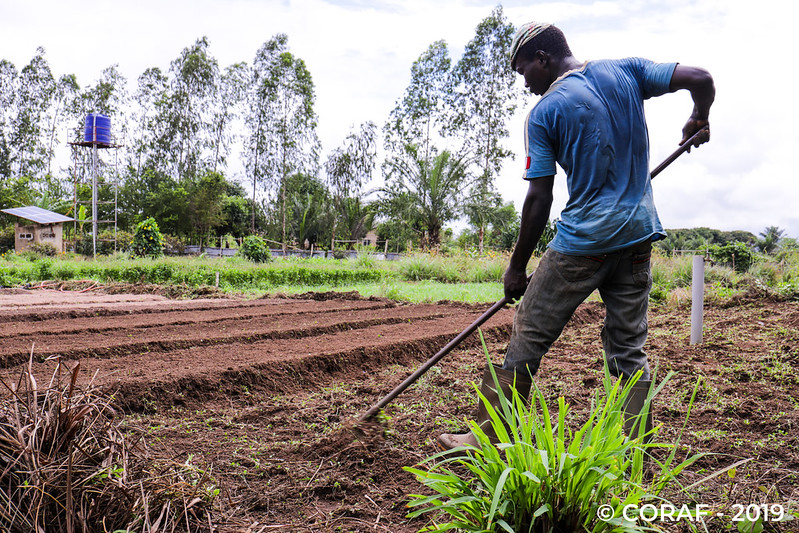Contributors: Hippolyte Affognon; Yacouba Diallo; Fidélia Bohissou; Abdulai Jalloh; David Akana
Recently, we discussed how COVID-19 could complicate access to seeds that are the entry point to agricultural production and suggested approaches to alleviate the hardship caused to farmers. In this blog, we discuss how to adapt agricultural production to COVID-19.
The global COVID-19 pandemic is already having repercussions on the agricultural sector. In addition to its potential effects on health, the threat of COVID-19 could have a serious impact on the livelihoods of poor rural farmers who make their living primarily from agriculture.
Beyond the short-term consequences on food supplies, agricultural production may suffer if the situation is prolonged and restrictions on free movement continue, which could have a more severe and lasting impact on food availability, prices, and, ultimately, food security.
The agricultural sector will undoubtedly bear a significant proportion of the burden associated with the COVID-19 pandemic. This could lead to a change in agricultural production practices as demanded by required social distancing. The months of May and June mark the beginning of an invariably labor-intensive planting season in many countries of the sub-region. The on-going lockdowns and associated restrictions on the movement of people and goods, particularly migrant labor and inputs such as seeds and fertilizers, pose a severe threat to the area that could be planted and planting at the right time, which is crucial for crop growth and productivity. Therefore, the risk of low agricultural production will inevitably require increased imports, which could come at much higher prices due to increased demand globally.

What are the impacts of COVID-19 on agricultural production?
Agricultural production and productivity in the various regions and countries of the sub-region, which are already low, are likely to be severely affected in the coming months. The effects of COVID-19 on agricultural production could be felt at several levels and in various ways:
Difficulties in the supply of inputs:Â Producers need quality seeds, fertilizers, pesticides for crop protection against diseases, and pests to achieve desired production levels. With the pandemic, supply chains are disrupted globally and even within countries in the sub-region, affecting the import of agricultural inputs from Asia, Europe, the Middle-East, and other regions. If the situation persists, it is likely to be disastrous, as, without quality inputs, agricultural productivity and production will decrease.
Lack of agricultural labor force:Â There is a risk of a decrease in agricultural production with the barrier measures that are being enacted. Producers are used to helping each other to increase their production. But with the social distancing measures, each producer will want to stay in his/her field to minimize contact with others. This will lead to a decrease in the labor force, and consequently, the area is sown, which will impact production. Besides, the closure of borders and regions has prevented many young urban dwellers from traveling to the countryside to support family production during certain critical periods. The shortage of seasonal workers could disrupt food production and processing, especially for labor-intensive crops. Also, if producers fall ill with COVID-19 or are restricted in their movements or activities, they will not be able to work on their farms.
Pests in times of pandemic: Before the COVID-19 pandemic, some farmers in West Africa and the Sahel were already suffering from a serious invasion of pests such as fall armyworms, in addition to the threat of locust invasion. COVID-19 has increased the level of risk because of constraints to access to pest and disease control products. As a result, farmers are facing a double disaster due to the simultaneous impact of COVID-19 and the pests – a combination that will negatively impact the yield and the production of their farms.
Food losses:Â In the context of the uncertainty of the COVID-19 pandemic, matching supply and demand is becoming a major problem, mainly due to logistical bottlenecks resulting from blockades and movement restrictions. This is likely to exacerbate the problem of food losses that was a major issue in food value chains prior to the pandemic. For perishable foods such as fruits and vegetables, this will result in losses and wastage that vulnerable farmers simply cannot afford to bear.
Financing the agricultural sector:Â The crop growing season is already underway and most producers are looking for resources to support production. Invariably, lenders require collateral, which is becoming increasingly elusive among resource-poor farmers. The threats of low yields and production will further undermine the prospects of farmers acquiring loans against expected production. Moreover, the possible lack of market to sell products and repay loans could severely limit access to much-needed loans at the beginning of the season.
Limitations in advisory support and extension services:Â Travel restrictions and social distancing measures prevent extension agents from carrying out normal agricultural advisory activities and effective monitoring and data collection during the production season. This will not only affect the anticipation of agricultural risks and projection of production but also affect the acquisition of reliable data to inform decision-making on the food security situation.

Proposed measures for farmers to adapt to the COVID-19 situation
Appropriate mechanization: Stakeholders must identify adequate solutions to mitigate the effects of the COVID-19 pandemic on production. Emphasis should be placed on proper mini-mechanization that will enable farmers to substitute human labor and conform to social distancing effectively. In Africa, the level of mechanization in agriculture is very low. Direct transition from manual cultivation to motorization may raise some challenges. Still, mini-mechanization, where the individual may be the only one handling the equipment, avoiding contact and respecting social distancing, can help prevent COVID-19 contamination during production operations. In addition, the mechanism of joint operation of heavy agricultural equipment (tractor, threshing machine, combine-harvester, etc.) through fee-for-service approaches, rentals, and other rotating services could go a long way towards alleviating labor problems. Networks of plant health brigades equipped to treat farms on a fee-for-service basis can be responsive in offering services to farmers without the necessary equipment or adequate manpower.
Access to agricultural inputs:Â Â The formation and/or reactivation of grassroots groups such as cooperatives and unions of cooperatives should be encouraged and supported. Also, public and development partners should support input distribution to vulnerable farmers. Input dealers, as well as extension agents, should be provided with basic health education related to COVID-19 while facilitating their movement into rural areas. These agents could also be coopted in educating farmers on basic hygiene related to COVID-19 in rural areas.
Post-harvest management:Â To mitigate post-harvest losses, farmers must improve their storage capacity at the farmer level, mainly through hermetic packaging and triple bagging technology against post-harvest losses due to seed infestation.
Provision of advisory support and extension services: Agricultural advisory activities and monitoring of the production campaign should continue in another form, prioritizing information and communication technology through mini-videos that can be broadcast on mobile phones, brochures, posters, and TV and radio programs, etc. The provision of advisory support and extension services should be continued.
CORAF will continue to facilitate the dissemination of available technologies for a greater impact on farmers’ productivity and their socio-economic well-being. The West Africa Agricultural Productivity Program has generated more than 200 improved and high-yielding agricultural technologies to facilitate the lives of many farmers in the region.
Read also:
 English
English
 Français
Français 
